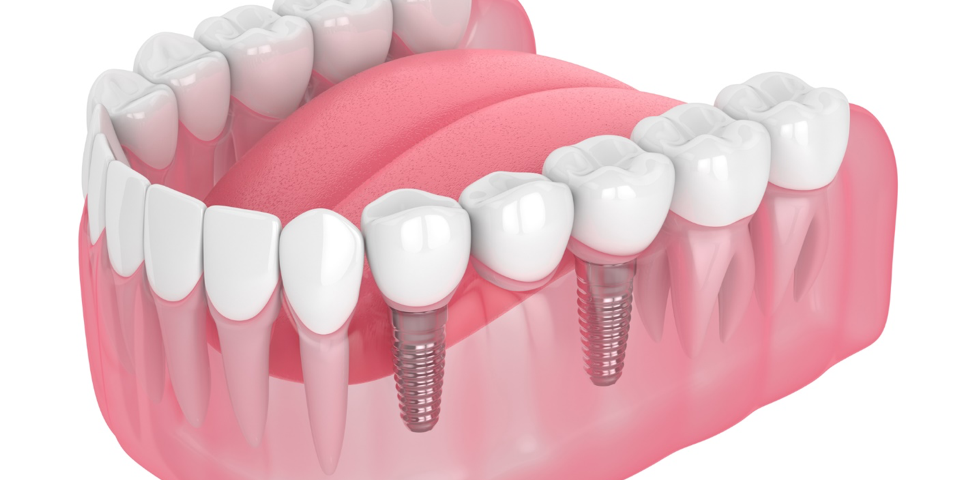
5 Important Questions to Ask Your Cosmetic Dentist
December 4, 2020
Learn More About Your Grant Park General Dentist
December 18, 2020Dental bridges are commonly recommended for patients with one to three missing teeth in a row. If you have missing teeth, your dentist may recommend one of four dental bridges:
- Traditional dental bridge
- Cantilever bridge
- Maryland dental bridge
- Implant-supported dental bridge
While each dental bridge comes with its own set of pros and cons, implant-supported dental bridges are the most highly recommended option for patients with multiple missing teeth in a row. Check out this blog to learn how this type of dental bridge works, its benefits, and candidacy requirements.
Traditional Dental Bridge vs. Implant-Supported Bridge
A traditional dental bridge consists of two parts: dental crowns on the outside and prosthetic teeth on the inside. The dental crowns are placed on top of two natural, healthy teeth to keep the prosthetic ones in place. To place the dental crowns, the dentist must remove a small amount of dental enamel from the teeth. This is one of the main complaints about traditional dental bridges because it damages healthy teeth.
An implant-supported dental bridge also has two crowns and prosthetic teeth. How the bridge stays in place is the main difference between these two options. The dental crowns are attached by dental implants (hence the name!).
Dental implants are small, screw-like rods that a dentist inserts through the gums and into the jawbone. These play the role of tooth roots which is extremely important! We’ll discuss that in the next section. Once the implants are placed and healed, the dental bridge is secured to the top.
Benefits of Implant-Supported Bridge
When compared to other dental bridges, the implant-supported bridge takes the cake! Here are the top benefits of an implant-supported bridge:
Permanency
Dental implants typically last a lifetime. Of course, there are stipulations, such as the patient’s oral hygiene practices and the dentist’s expertise. When a patient chooses an experienced dentist and takes good care of their teeth after the procedure, the implants should last forever. With a traditional dental bridge, the supporting teeth often lead to other oral health problems and a failed dental bridge.
Stability
Because dental implants become part of the jawbone, they are superior to every other type of dental bridge. The jawbone provides strong support to the bridge so that it feels natural and functions properly.
Stops bone loss
The tooth roots stimulate bone growth, so when a tooth goes missing, the jawbone slowly deteriorates. Dental implants stop this bone loss and actually promote bone growth. This is beneficial because it helps stop other teeth from drifting and becoming loose.
Preservation of natural teeth
As mentioned earlier, no natural teeth are harmed in the placement of an implant-supported bridge. The teeth adjacent to the bridge will remain healthy and free of wear and pressure associated with a traditional dental bridge.
Candidacy Requirements
To qualify for an implant-supported dental bridge, patients must meet these requirements:
- Have good oral health
- Commit to good oral hygiene practices
- Have sufficient jawbone density to support the implant
- Willing to quit tobacco use
- Be in good overall health
If you’re not sure you meet these requirements, it’s always best to talk with your dentist! There are other methods of treatment that a dentist can perform before proceeding with the implant-supported dental bridge procedure.
Implant-Supported Dental Bridge in Grant Park
If you’re considering a dental bridge for missing teeth, contact our office to schedule an initial consultation with Dr. Abbey J. Lee. Her years of experience and successful outcomes makes her the best option in Grant Park for implant-supported dental bridges. Call (404) 328-7177 today.


